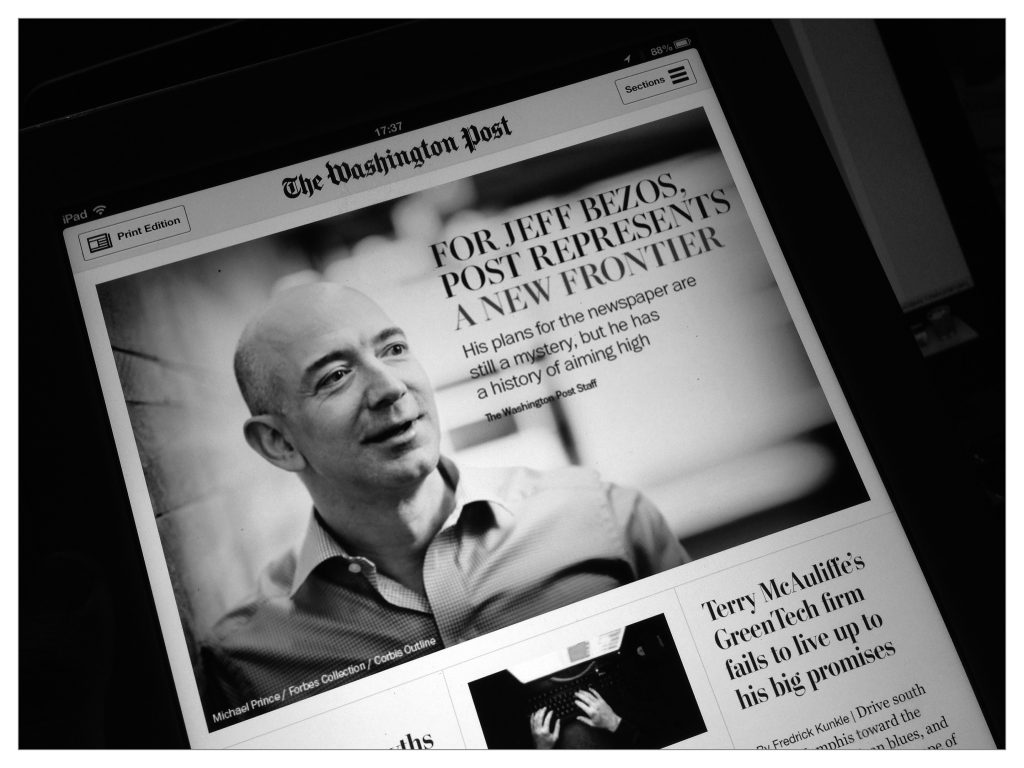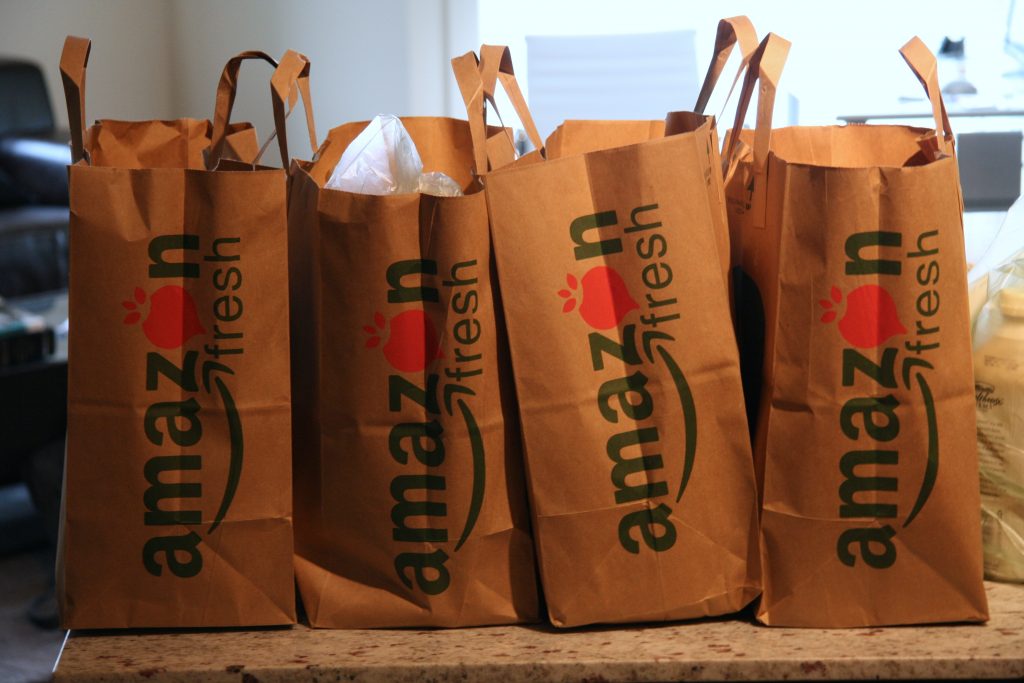Improving the quality and completeness of sales messages delivers hard ROI. Here are three reasons you should review the content your sales teams are using and take a diagnostic approach to assess the effectiveness of your sales messaging:

Three Reasons to Audit Your Sales Messaging:
1) Reduce the time required for achieving channel effectiveness:
- Channel effectiveness occurs when the average salesperson can cost effectively close the sale. Eventually the sales channels [and customers] will learn the value of the differential being offered, but while the market is still learning these values, the effectiveness of the sales channels is reduced. It is difficult to close the sale when the customer doesn’t know the value of the differential being offered, and the sales channels has not been provided with the values, calibration, and evidence needed to convince them.
2) Increase sales capacity
- Sales capacity is the number of salespeople [or outlets] that are effectively selling your products and solutions. Retail uses a term “self ware” to refer to products that are sitting on the shelf but aren’t being bought. Having salespeople that are expected to sell the product but can’t/don’t is the channel equivalent of shelfware. Frequently this occurs when the skill required to sell the product exceeds the skill available in the channel. So the top 10% of the salespeople can sell the product, but the average salesperson can’t. Poor quality sales messaging is frequently the cause of product shelfware.
3) Reduces the cost of sales
- Improved messaging increases the close rate and reduces the number of sales calls required to do so because the customer value being offered is clear and with evidence.
Use a diagnostic process for more consistent implementation
- Review the “top 10” sales messaging deficiencies to see if the issues are identified.
- Check the material being sent to sales people – before it is sent!
- Use a checklist to ensure the quality and completeness of the information being provided.
Make certain your content and messaging is sufficient for the average salesperson to cost effectively close the sale. Would you like a copy of the checklist? Check out the 9 Sales Enablement Content Imperatives.
Here is another article by Bud: 10 Message Deficiencies. Contact us to schedule a discussion.
This is a guest post by Bud Hyler – a member of the Revenue Architects’ expert network.


